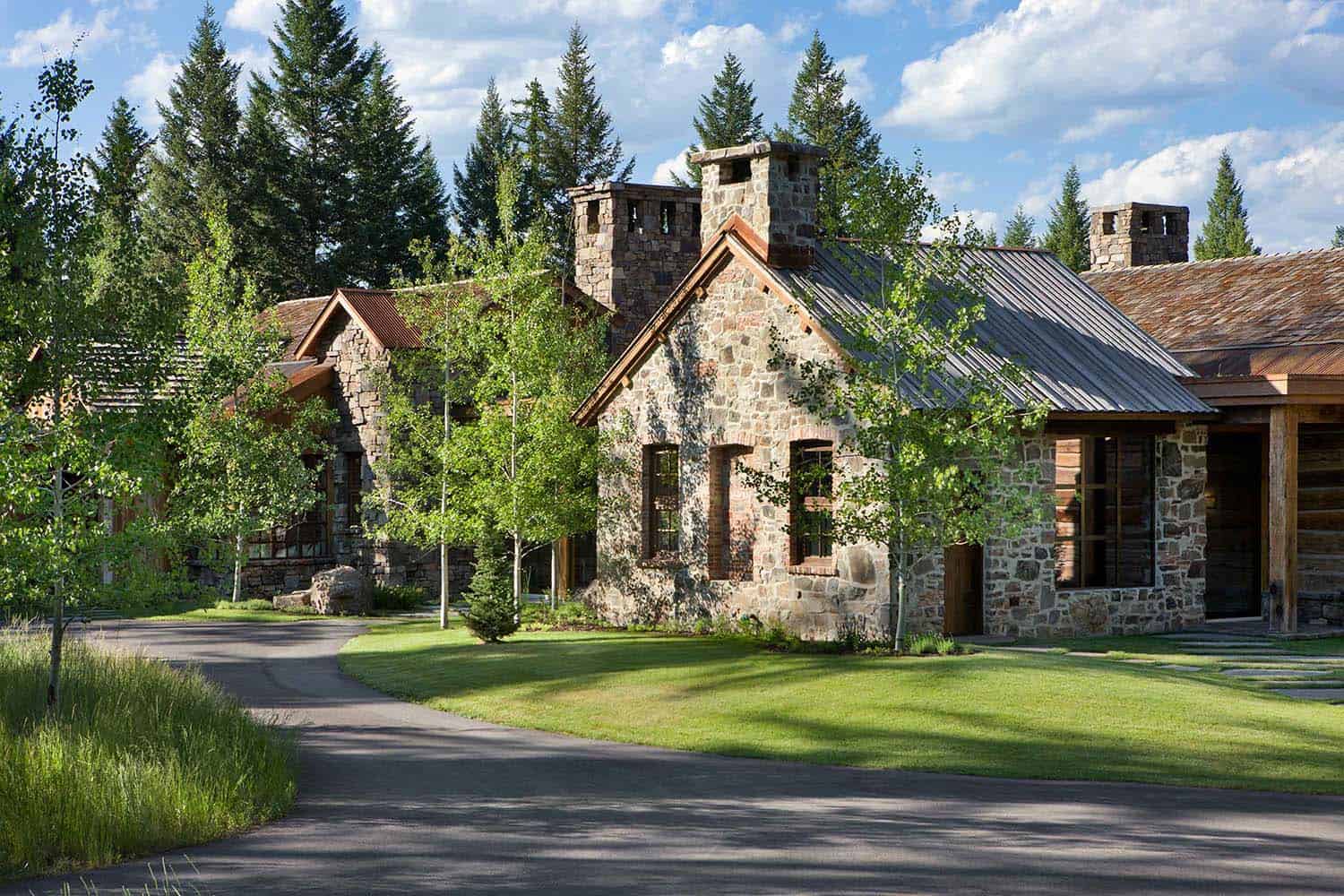Welcome to the world of homesteading, where self-sufficiency and sustainability reign supreme. A key component of any modern homestead is the integration of solar design, especially when dealing with a sizable piece of land like a 15 acre homestead. The primary objective of this article is to explore the facets of solar design that can enhance your homestead’s efficiency and sustainability.

The Importance of Solar Design
When we talk about solar design, we refer to the strategic placement and utilization of solar panels and technologies to harness the sun’s energy. This not only reduces reliance on non-renewable energy sources but also significantly cuts down on utility bills. For a 15 acre homestead, the potential for solar energy is immense, offering a greener and more cost-effective energy solution.
Understanding Your Homestead’s Energy Needs
Before diving into solar design, it’s essential to assess your homestead’s energy requirements. This includes determining daily energy consumption, peak energy usage times, and potential areas for energy conservation. An energy audit can provide valuable insights, guiding you towards the most efficient solar solutions.
Conducting an Energy Audit
An energy audit is a systematic approach to understanding your energy consumption patterns. This involves analyzing past utility bills, identifying energy-guzzling appliances, and considering lifestyle factors that affect energy use. With this information, you can tailor your solar design to meet specific needs.
Choosing the Right Solar Panels
Not all solar panels are created equal. When designing a solar system for a 15 acre homestead, consider factors such as panel efficiency, durability, and cost. Monocrystalline panels, for instance, offer high efficiency but come at a premium price. Polycrystalline panels, while slightly less efficient, are more cost-effective.
Types of Solar Panels
- Monocrystalline Panels
- Polycrystalline Panels
- Thin-Film Panels
Optimal Placement of Solar Panels
The placement of solar panels is crucial to maximizing energy production. South-facing roofs typically receive the most sunlight, but ground-mounted systems can also be effective, especially on a 15 acre homestead where space is abundant.
Roof-Mounted vs Ground-Mounted Systems
While roof-mounted systems are common, ground-mounted systems provide flexibility in positioning and are easier to maintain. They are ideal for homesteads with ample land, allowing for optimal sunlight exposure.
Incorporating Energy Storage Solutions
Energy storage is a critical component of any solar design. Batteries store excess solar energy for use during cloudy days or at night, ensuring a consistent energy supply. Lithium-ion batteries are popular for their efficiency and longevity.
Benefits of Energy Storage
- Increased Energy Independence
- Reduced Reliance on the Grid
- Emergency Backup Power
Integrating Solar with Other Sustainable Practices
Solar design should complement other sustainable practices on your homestead. This includes water conservation, permaculture, and sustainable farming techniques. For more insights, you can learn about Swales and their role in water management.
Combining Solar with Permaculture
Permaculture and solar energy go hand in hand. By designing your homestead to work with nature, you create a self-sustaining ecosystem that maximizes resource use and minimizes waste.
Regulations and Permits
It’s essential to understand local regulations and obtain necessary permits before installing solar systems. This ensures compliance with building codes and safety standards.
Navigating Local Zoning Laws
Each region has specific zoning laws that may affect solar installations. Consulting with local authorities and solar professionals can streamline the process.
Cost Considerations
While the initial investment in solar design can be significant, government incentives and tax credits can offset costs. Over time, the savings on energy bills make solar a financially sound decision.
Government Incentives and Tax Credits
Many governments offer incentives to encourage solar adoption. These can include tax credits, rebates, and grants, reducing the overall cost of your solar system.
Maintaining Your Solar System
Regular maintenance is crucial to ensure the longevity and efficiency of your solar system. This includes cleaning panels, checking connections, and monitoring energy output.
DIY vs Professional Maintenance
While some maintenance tasks can be DIY, it’s advisable to schedule regular professional inspections to ensure optimal system performance.
Future Trends in Solar Technology
The solar industry is continuously evolving, with advancements in technology enhancing efficiency and accessibility. Staying informed about these trends can help you make informed decisions about future upgrades.
Emerging Solar Technologies
- Solar Shingles
- Floating Solar Farms
- Building-Integrated Photovoltaics (BIPV)
Conclusion
Integrating solar design into your 15 acre homestead is a transformative step towards sustainability and self-sufficiency. By carefully planning and implementing solar strategies, you not only reduce your carbon footprint but also enhance the resilience and efficiency of your homestead. For a more detailed exploration of homestead landscaping, visit this guide.

FAQs
Q1: How much does it cost to install solar on a 15 acre homestead?
A1: The cost varies based on the size and type of solar system, but government incentives can significantly reduce expenses.
Q2: What are the benefits of solar energy for a homestead?
A2: Solar energy reduces reliance on the grid, lowers energy bills, and promotes environmental sustainability.
Q3: How do I maintain my solar panels?
A3: Regular cleaning and professional inspections ensure your solar system operates efficiently.




